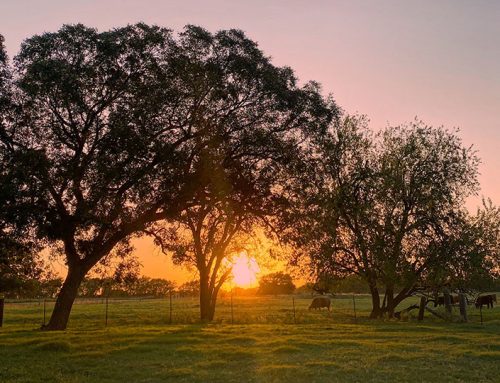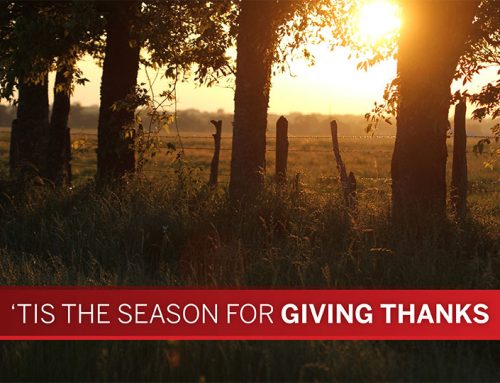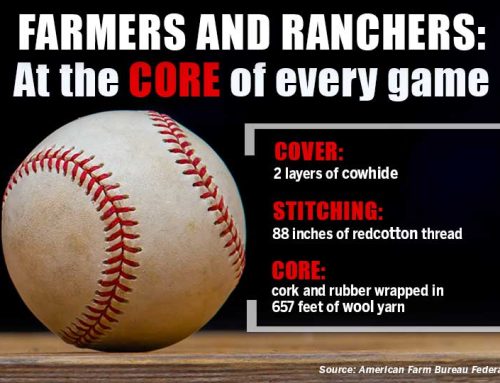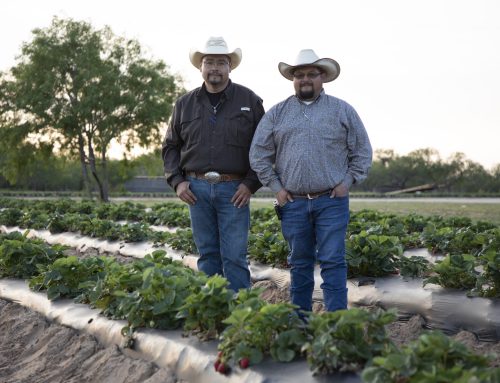By Shala Watson
Driving along the interstate, you see the occasional field with crops growing. On the back roads, they’re even more common. To some, that’s all it is—a field. But to farmers and ranchers, that soil is so much more.
It’s potential. It’s the future of our food, fiber and fuel.
That’s why farmers and ranchers strive to take care of the land, and they know the value of our resources.
They use conservation practices like strip-till and no-till. They also build terraces, use crop rotation systems and plant cover crops to help prevent erosion and improve soil health. And ranchers work to restore native grasses to stop soil erosion.
Because they’re partners with the earth, stewards of water and soil.
We recognize the efforts of farmers and ranchers to conserve our resources during Soil and Water Stewardship Week, which runs April 30-May 7.
But they’re mindful of soil health and water quality all year long.
Because the majority of rain in Texas falls on farms, ranches and forests. The rainfall infiltrates down into the groundwater, absorbs into the soil or runs off into creeks, rivers and reservoirs.
In urban areas, water cannot absorb into the ground as readily. Rural working lands are crucial to protect and preserve the water resources of Texas. The loss of open space and rural land can lead to devastating floods due to the increase of concrete, asphalt, houses and buildings in urban areas.
Being an environmental steward is a tradition farmers and ranchers pass along to the next generation.
What we eat, wear and use all depends on soil health. That’s why farmers and ranchers don’t treat it like dirt.











Leave A Comment